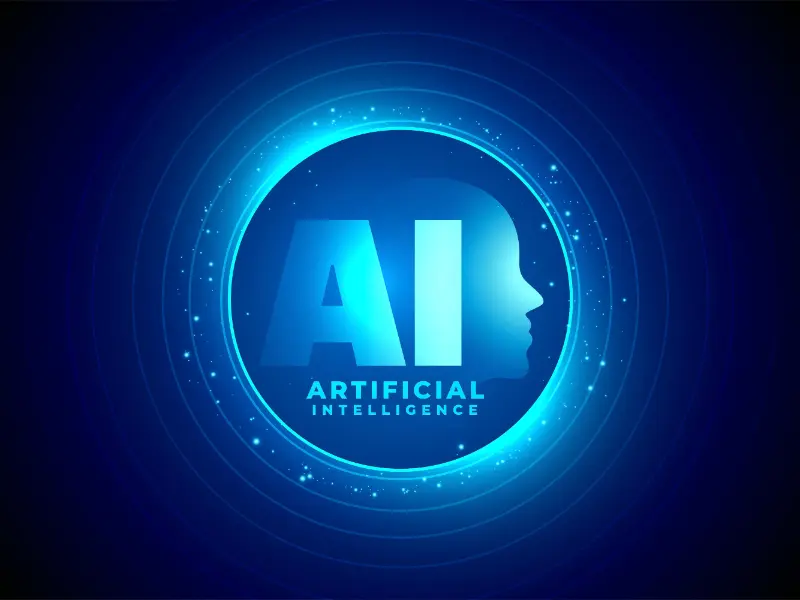- Speech recognition is the AI-driven process of converting spoken language into written text or computer-readable data. It involves algorithms that analyse audio input, identify patterns, and interpret spoken words, phrases, and sentences.
- AI, or artificial intelligence, refers to the simulation of human intelligence in machines, enabling them to perform tasks that typically require human intelligence. This includes tasks such as understanding natural language, recognising patterns, learning from experience, reasoning, and problem-solving.
- Speech recognition is a specific application or capability within the broader field of artificial intelligence (AI).
Speech recognition is a form of artificial intelligence (AI). It falls under the broader category of natural language processing (NLP), which involves the interaction between computers and human (natural) languages.
Speech recognition AI systems use algorithms and machine learning techniques to interpret and understand spoken language, converting it into text or other forms of data that can be processed by computers.
Differences between AI and speech recognition
Speech recognition refers to the process of converting spoken language into written text or other computer-readable data. It involves algorithms and techniques to analyse audio input, identify speech patterns, and transcribe spoken words into text.
On the other hand, AI encompasses a much broader range of technologies and capabilities beyond speech recognition. AI involves the development of systems and algorithms that can perform tasks typically requiring human intelligence, such as understanding natural language, recognising patterns, learning from data, making decisions, and solving problems.
In essence, speech recognition is one application of AI, focusing specifically on understanding and transcribing spoken language. AI encompasses various technologies and methodologies aimed at replicating human-like intelligence across a wide range of tasks and domains.
Also read: A layered model for AI governance
Similarities between AI and speech recognition
AI and speech recognition are closely related fields within the broader domain of artificial intelligence (AI).
Machine learning techniques
Both AI and speech recognition heavily rely on machine learning techniques. AI encompasses a wide range of algorithms and methodologies aimed at creating systems that can perform tasks that typically require human intelligence. Speech recognition, as a subset of AI, uses machine learning algorithms to recognise and understand human speech patterns.
Natural language processing(NLP)
Speech recognition is a specific application of natural language processing, which is a branch of AI concerned with the interaction between computers and humans through natural language. NLP techniques are used to analyse, understand, and generate human language, which is essential for both AI and speech recognition systems.
Pattern recognition
Both AI and speech recognition involve pattern recognition. In AI, pattern recognition is used to identify regularities or patterns in data, which is essential for tasks like image recognition, language translation, and predictive modeling. Similarly, in speech recognition, algorithms analyse patterns in speech signals to convert spoken words into text.
Also read: OpenAI Is Now Capable of Voice and Image Recognition
Deep learning
Deep learning, a subset of machine learning inspired by the structure and function of the brain’s neural networks, has revolutionised both AI and speech recognition. Deep learning algorithms, particularly deep neural networks, have shown remarkable success in various AI tasks, including speech recognition. Models like recurrent neural networks (RNNs) and convolutional neural networks (CNNs) are commonly used in speech recognition systems to process sequential data and extract features from audio signals.
Application areas
AI and speech recognition find applications in diverse domains such as virtual assistants, customer service automation, healthcare, automotive systems, and more. AI systems often incorporate speech recognition capabilities to enable natural language interaction, making them more intuitive and user-friendly.
While there are similarities between AI and speech recognition, it’s essential to recognise that speech recognition is just one application of AI, albeit a significant one, and AI encompasses a broader spectrum of technologies and methodologies beyond speech processing.

